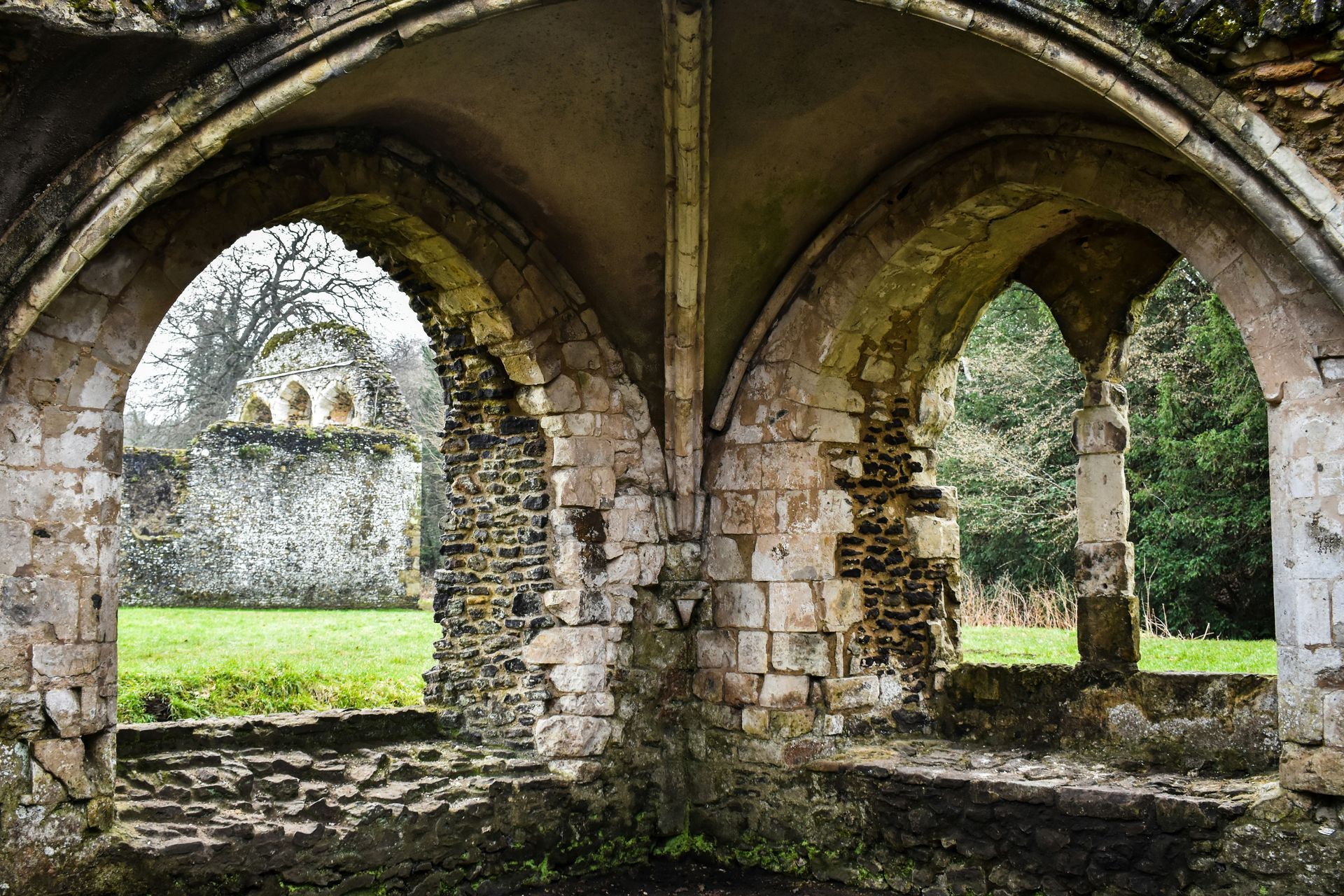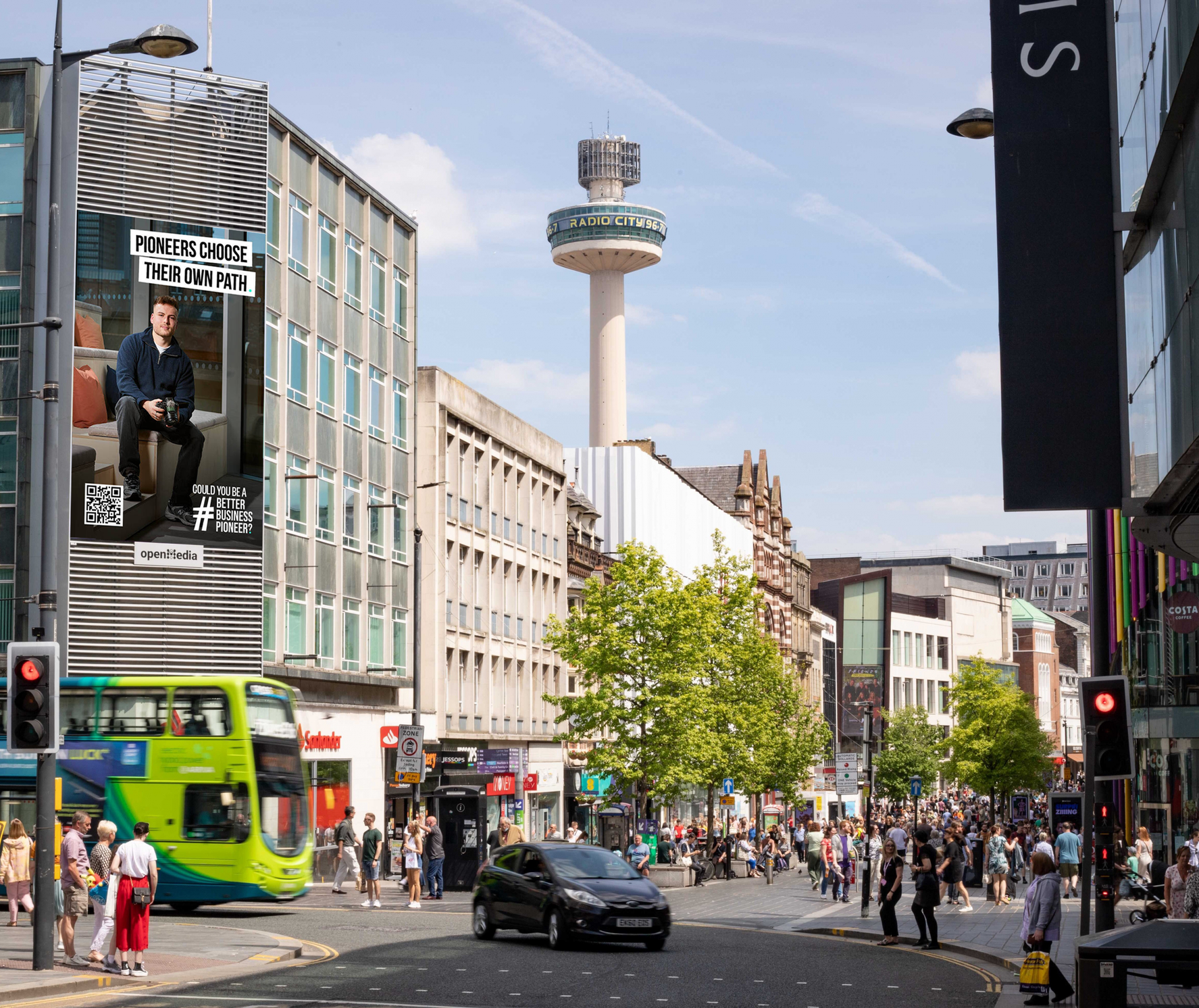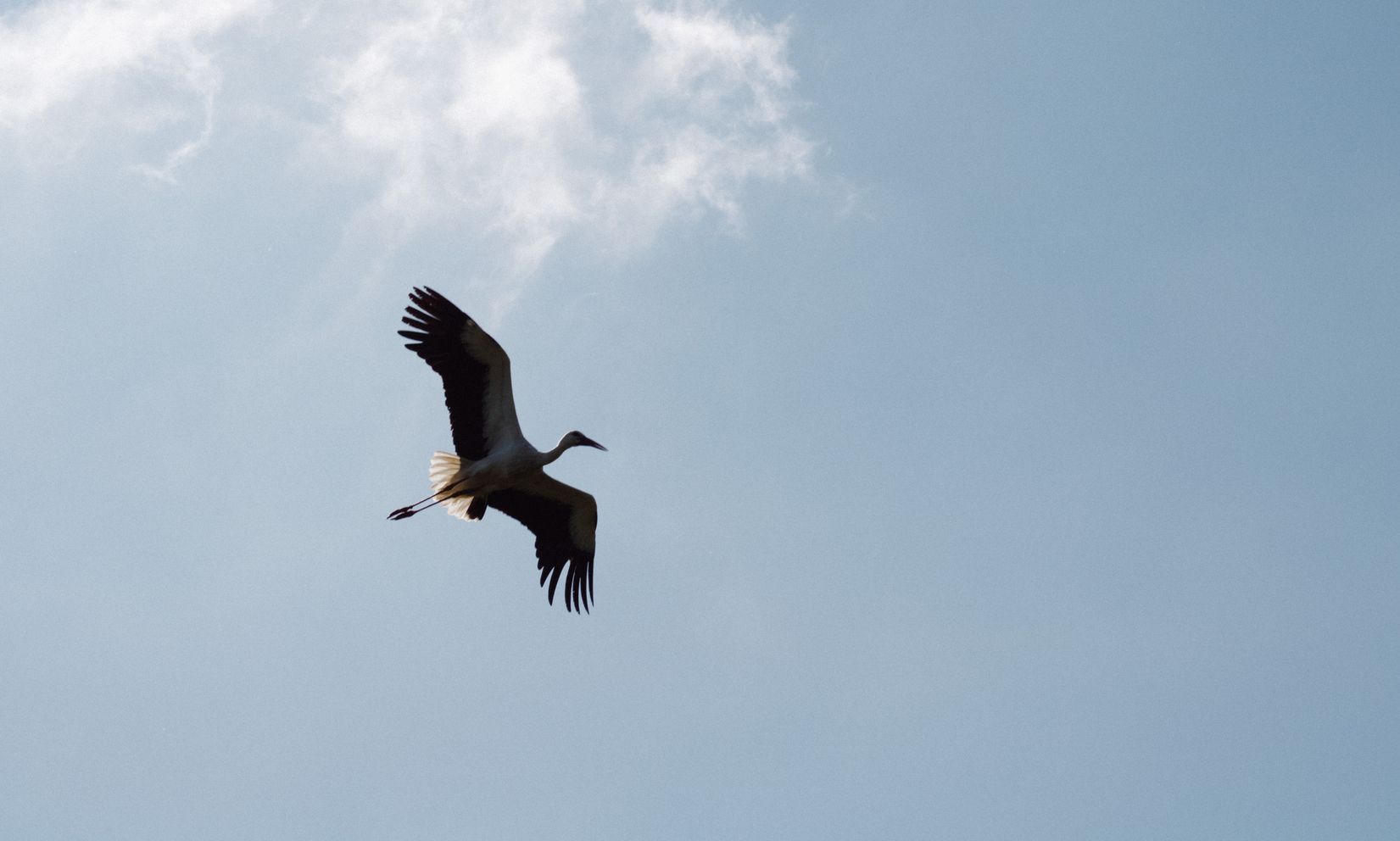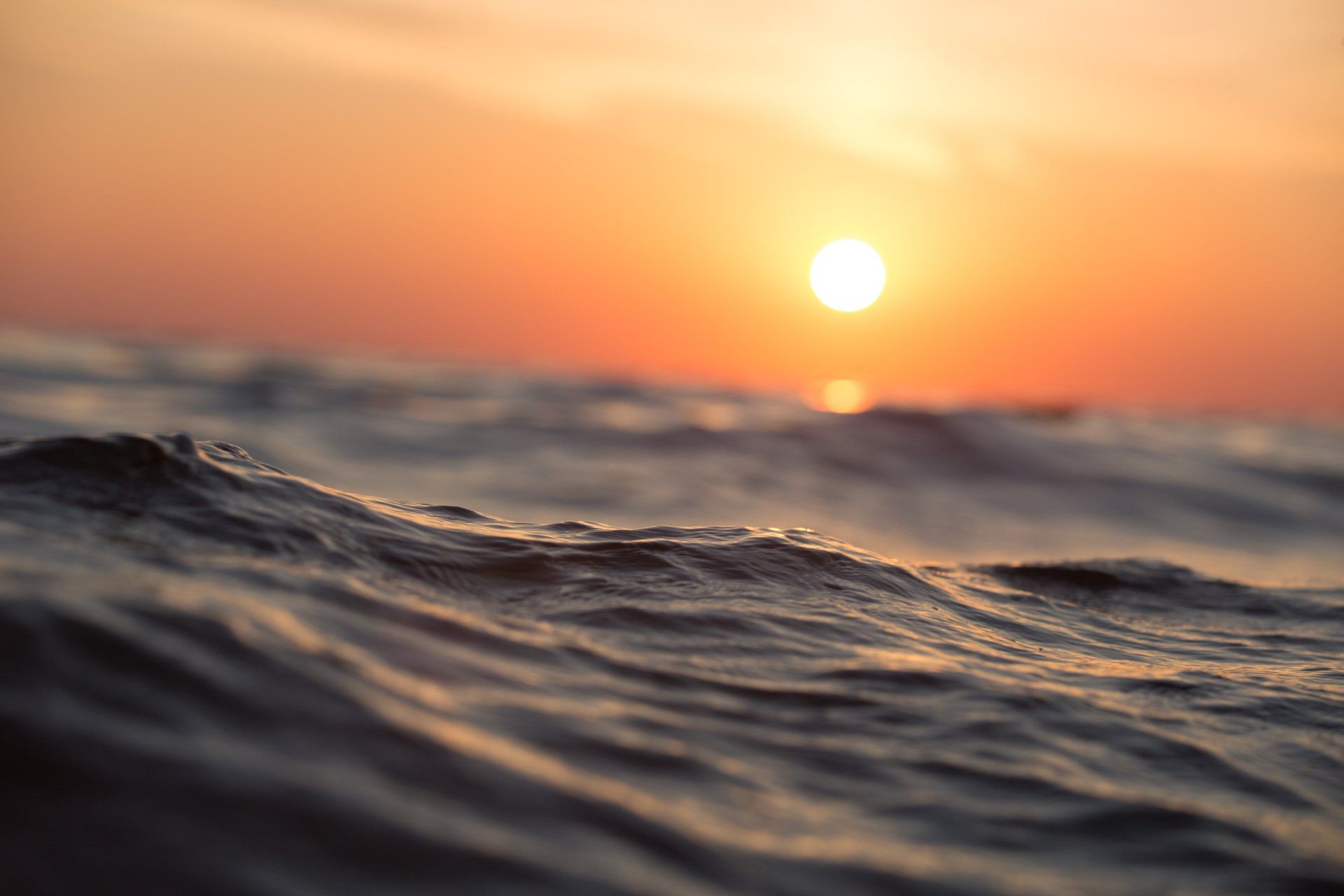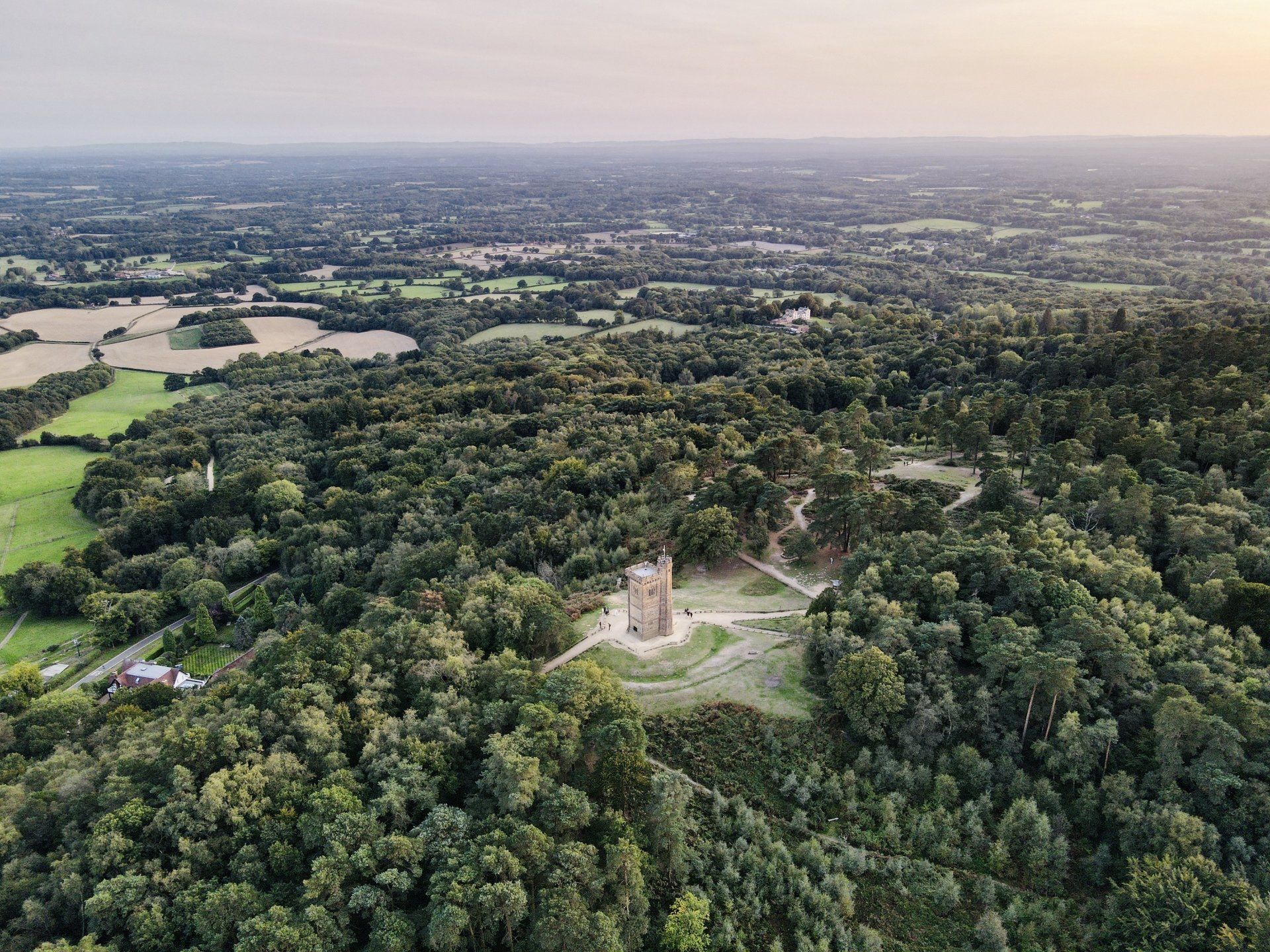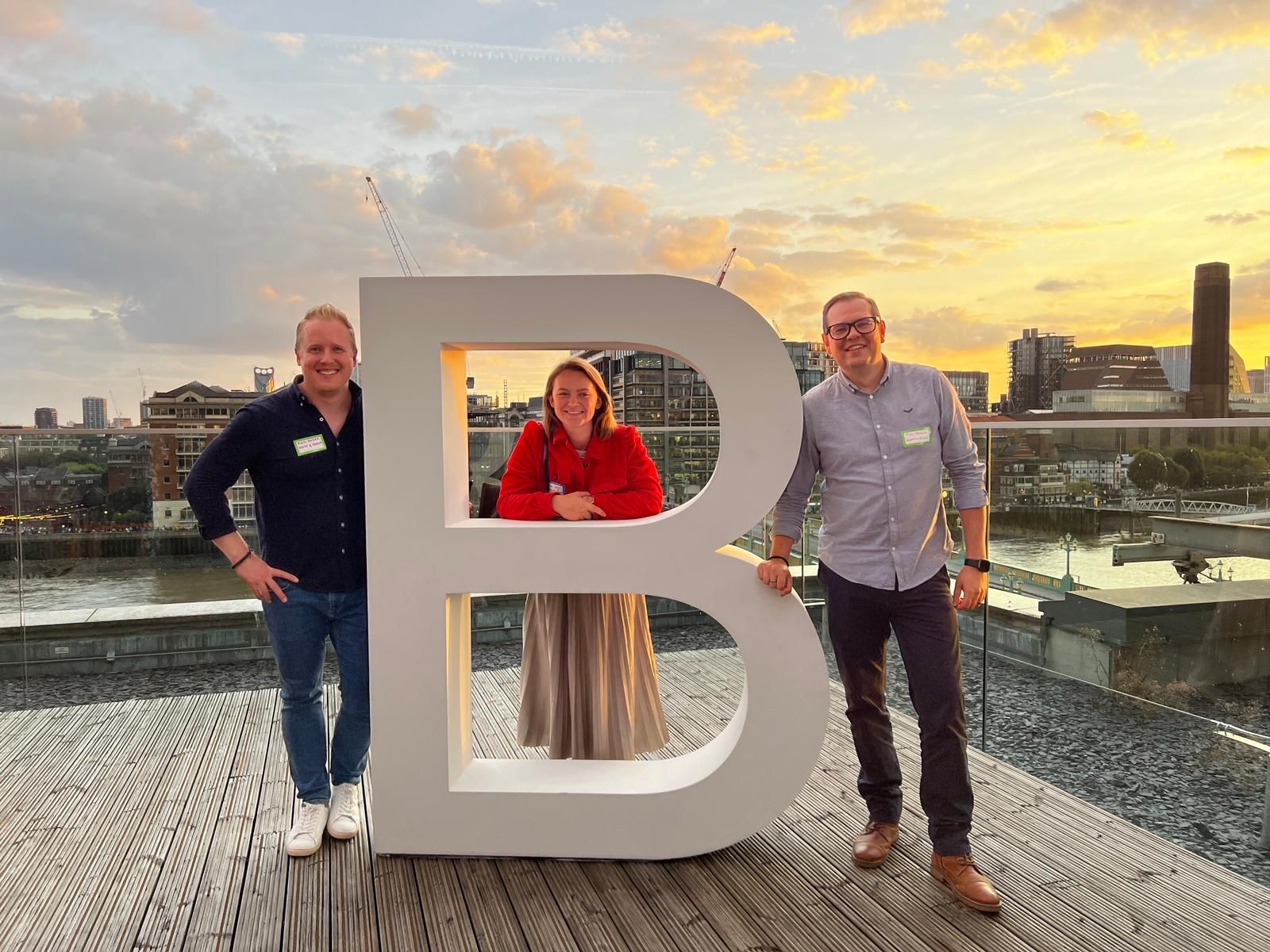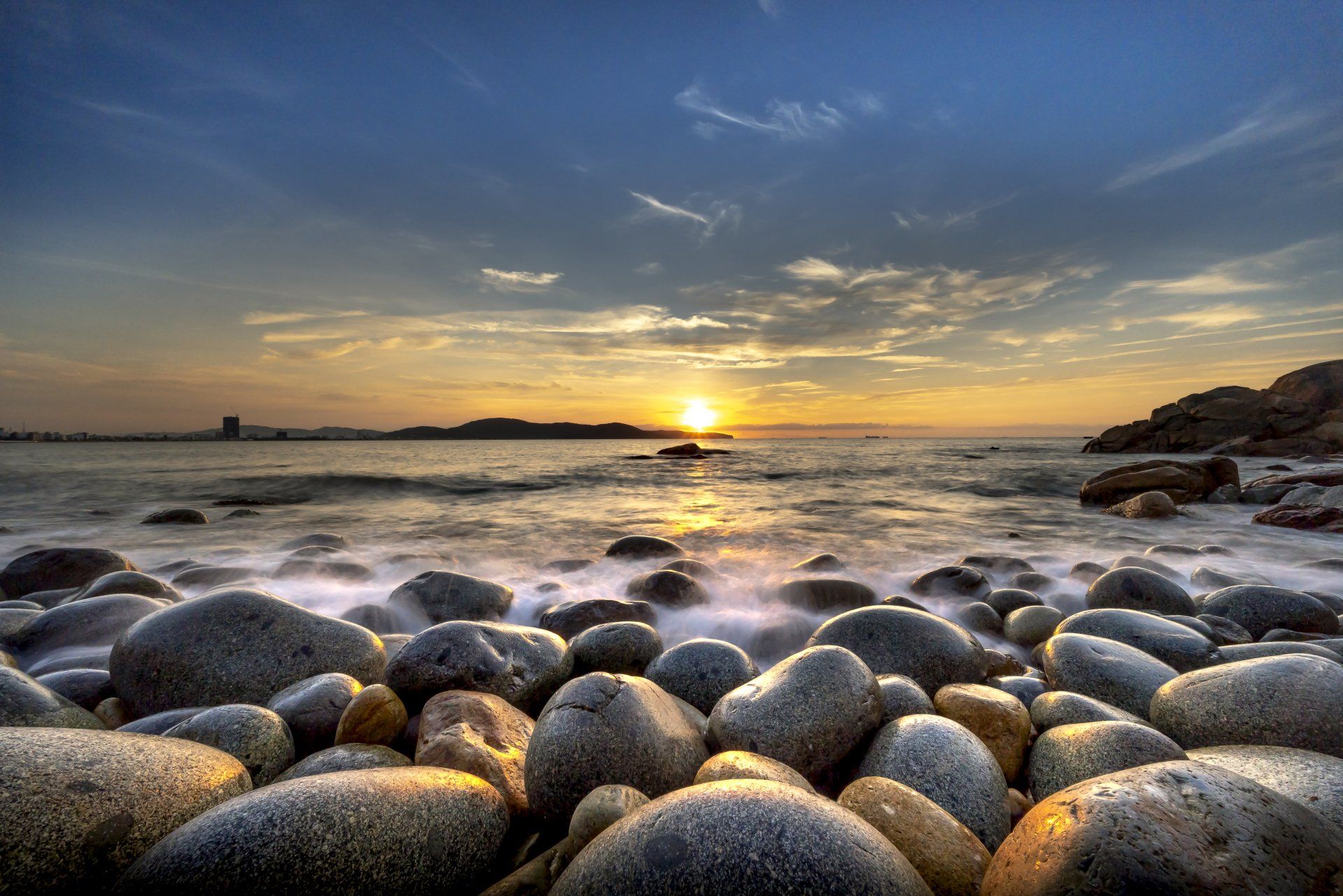Better brands 03: Finisterre - sustainable apparel from the ends of the Earth
Finisterre translates as ‘end of the earth’. We could position a dramatic play on words and suggest it bears resemblance to ‘end of the world’, but that’s not the angle. Finistère is actually a beautiful peninsula in the French region of Brittany. That said, Finisterre, a clothing brand founded in 2003, is doing just about everything it can to be a ‘better brand’ and help our troubled world become a better place.
If you missed articles 01 and 02, bookmark them for later or check them out after this piece. We’ve already covered Patagonia and Ben & Jerry's.
This article was particularly fun to work on, because the further we researched and the deeper we dove, the more positive affirmation we found, reassuring us that we’d chosen well in including Finisterre in our
Better Brands series. There’s a great story to tell here, which is encouraging to see from a company so young in its journey compared to others in this field.
A Brief history of finisterre
Founder Tom Kay hung up his lasers over twenty years ago now, saying goodbye to his life in London where he worked as a chartered surveyor. Finisterre, like many great brands, was born from humble beginnings, with Tom developing a fleece in a flat above a shop.
It’s difficult to find much information about the earliest days of the brand, but it’s clear from reading Tom’s bio and the company’s ethos that Finisterre harnesses his boyhood love for the sea and the coast, and the technical abilities required for his previous line of work.
“I set about building a brand that makes innovative products built for purpose and that would last. I wanted the brand to be committed to a better way of manufacturing.”
Over the years, Finisterre has grown into its beautiful cliffside HQ at St Agnes, a large village on the north coast of Cornwall, and later, acquiring an additional warehouse a little further inland. Looking at photos of the company’s rocky dwellings, it’s no wonder that the team takes full advantage of the surrounding coastline, often starting at 10am on Tuesdays to make way for surfing and paddleboarding.
It’s clear that company culture has been a key part of the Finisterre brand from its inception. Collaboration, socialising and friendship are the very fabric of surf culture, so it’s pleasing to see this reflected in the company, which now stands at over 100 employees.
With numerous storefronts throughout the UK, Finisterre’s expansion into retail has been seemingly successful. Their shops are a gentle balance of raw timber and smart fixtures – think All Saints meets the clean, organisational fu of Muji. A quick glance at the company’s predominantly favourable Glassdoor does reveal several reviews that indicate a disconnect between head office and the store network. But hey, those of us who have worked in retail… what’s new there? Can this ever be perfect?
Today, Finisterre is a certified B Corporation, with an impressive score of 93.2, bumped up from a previous 80.8. As we see more and more businesses across many sectors applying for B Corp, Finisterre’s self-improvement is a welcome reminder that B Corp isn’t a milestone, but rather a journey. In fact, Finisterre was the first outdoor clothing company to become B Corp certified in the UK, way back in 2018. If, like me, your sense of time has gone completely sideways since the pandemic, 2018 was 3.5 years ago.
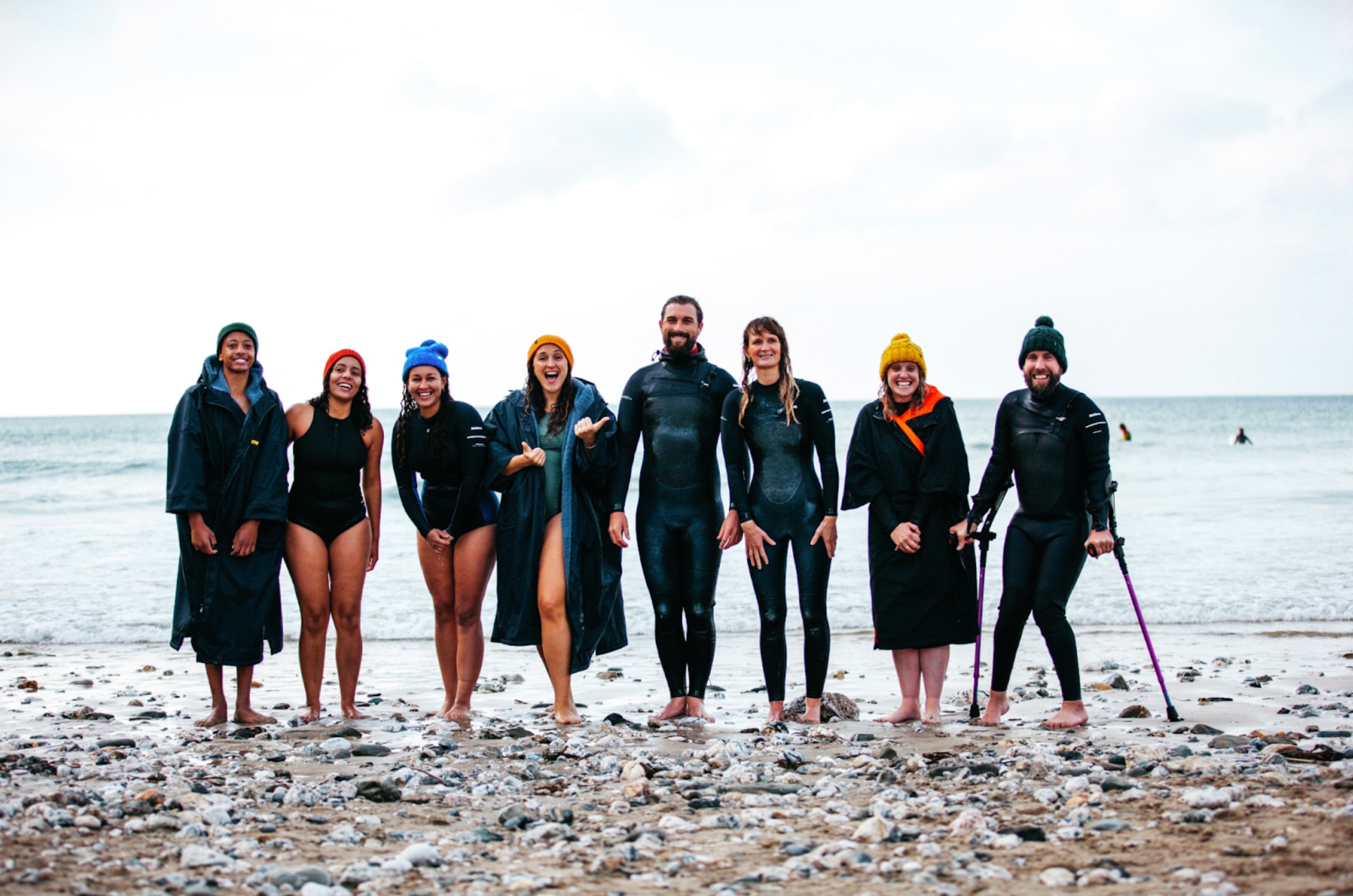
how is their product different?
Presuming you’ve read
our previous Better Brands piece on Patagonia, you’ll forgive us for saying there’s not a lot different here. But that’s a good thing. There are many parallels between the two brands, with a laser sharp focus on natural fibres, sustainable manufacturing and long-lasting gear.
For a company of their size, it’s truly impressive to see so much innovation pouring out of the Finisterre hive mind. Recycled ocean plastics, bio rubber, reused fishing nets and regenerated fibres are just a few ways that Finisterre is reducing its reliance on polyester and nylon (which is still used in several of their products by necessity, but is 100% recycled).
I’m sure they won’t mind the Patagonia comparisons. The US company has set a high standard for manufacturing and circular economy, and Tom revealed in a number of interviews and podcasts that they are in communication with Patagonia, often sharing experiences and stories. It’s refreshing to see collaboration at this level, particularly between two drastically different sized companies.
Reviews all over the web alongside our own experience of their garments tell a tale of understated, hard-wearing and high quality clothing that is fashionable and functional, whether you’re scrabbling a rock face in the Scottish Highlands or sat at your desk wondering if learning to kickflip in your late thirties is a really stupid idea or not. Their male and female ranges are smart-casual and their colours are now a little more muted and earthy compared to their brighter ranges of yesteryear.
So how is their product different? For us, it’s nothing specific. It’s more the broad and detailed approach to supply, manufacturing and distribution that really stands out. Where mega-brands like Patagonia fall down is their sheer size. I.e: It’s difficult to comprehend, understand and illustrate their entire product journey. With Finisterre, it’s all laid bare to see. The website goes into great detail about each and every factory that they work with, their own supplier code of conduct, the traceability of their supply chain, and so much more.
As I refer back to my notes, one thing that does stand out is their ‘Leave No Trace’ packaging – water-soluble, recyclable and marine-safe transparent bags that keep their clothes clean in transit. They were the first company in the world to use this technology, and once again, this clearly aligns with their values – particularly their ocean partnerships and the superb support for Surfers Against Sewage.
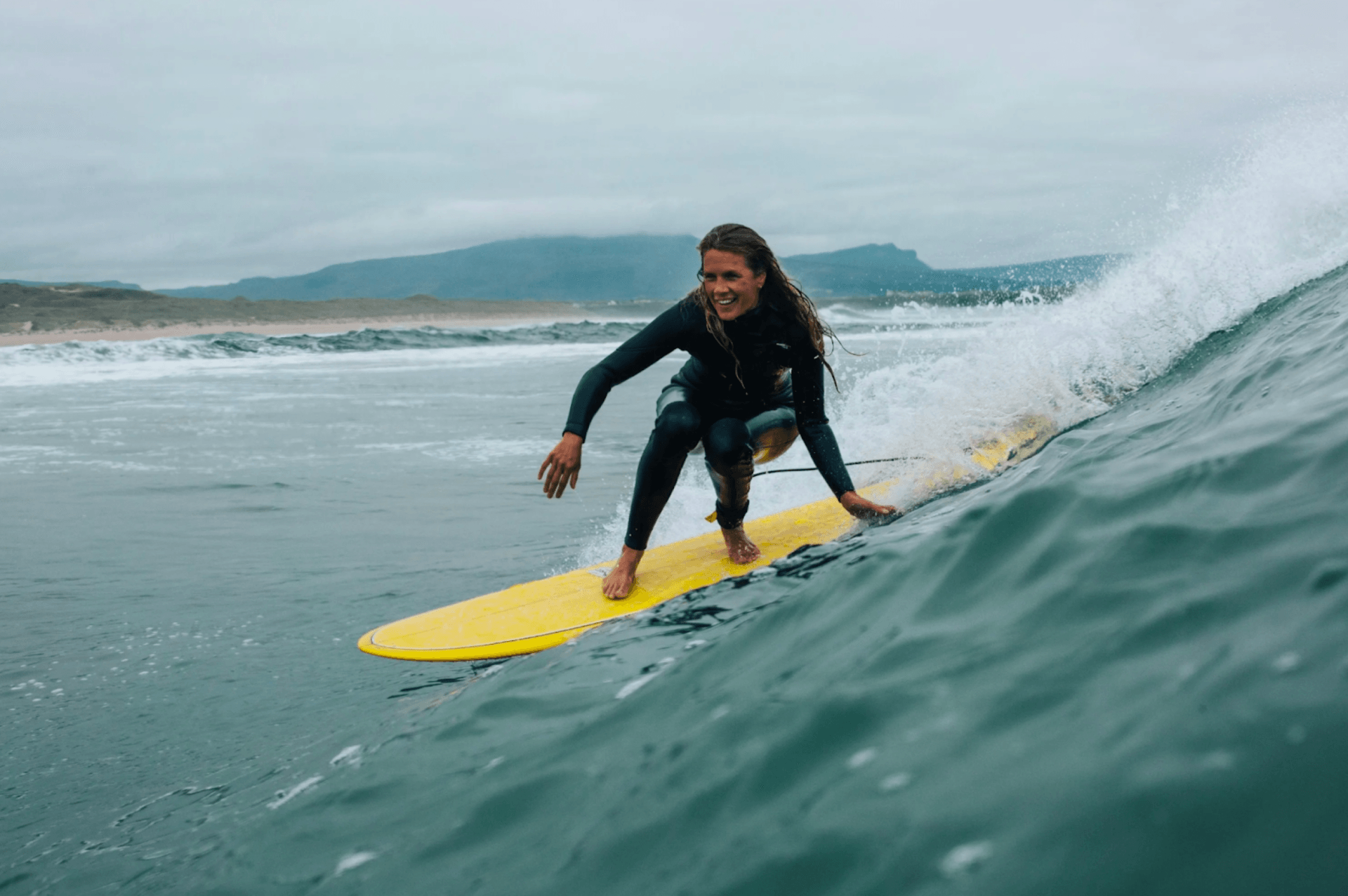
campaign focus
I think we’ll approach this section a little differently. As the smallest business to be featured so far in our series, they haven’t poured millions of marketing spend into any sole campaign. Instead, it seems to us that they invested wisely (and slowly), taking their time to refine several ‘as standard’ campaigns and programmes that work together to support the Finisterre product lifecycle.
Examples being in-store repair stations, Wetsuits from Wetsuits (their wetsuit recycling programme), the Seasuit Project, an exciting Ambassador programme, a trade-in/part-ex programme, a pre-loved clothing store, and even tutorials and kits to enable at-home repairs.
From a marketing perspective, these value-adds are front and centre, and hard to miss on their website. I’m yet to visit a Finisterre store, but I imagine there’s signage there too.
So, does all of this come at a price? Naturally, clothing made well by workers who are paid well will cost a little more. It’s certainly more expensive than your average middle-of-the-high street store, where you can be certain that somebody somewhere is getting exploited to enable a sweatshirt to be sold at a sub-£20 price point.
A Finisterre jumper may cost you north of £100, but that is a fair price when you consider how much more longevity and durability you will get from natural fibres, not to mention a fair supply chain and exceptional aftercare. Hell, I don’t need to sell this to you – you understand how it works.
What will be interesting is to see how Finisterre scales. Undoubtedly, the last few years have slowed their growth, as has been the case for many businesses, particularly in retail. But with two seed funding rounds in recent years, alongside a couple of crowdfunding opportunities, the momentum is certainly there, and with more and more customers turning to better brands with better products, the only way is up for companies like this.

extra efforts
We’ve covered much of this already, so let’s focus on how these extra efforts are actually communicated at a brand and marketing level. After all, this is what we do as a consultancy, so it only feels right that we shout about brands in our remit that have it figured out too.
Finisterre’s ‘Impact’ section is a tour de force on how to communicate sustainability and regeneration to an audience. The navigation and the headlines are clear and concise, yet the detail is there for those who want to read more. Individual pages or blog articles share details of the brand’s various projects and programmes. Impact Reports are easily accessible. There are even multiple series of creative articles that tell tales of surfing, sea life and swimming.
It’s also encouraging to see diversity and inclusion throughout their product marketing. Beachy brands in the UK have historically suffered with a somewhat self-imposed white, middle-class reputation, which, let’s face it, is really quite easy to fix.
In conclusion: finisterre's purpose
In a recent interview, founder Tom claimed that the term ‘sustainability’ has been overused as a word, maybe even ‘killed’. From anyone else, this might just sound like somebody trying to sound edgy for the benefit of a LinkedInfluencer post, but actually, we agree. In our own shift from ‘sustainable’ to ‘regenerative’, we not only felt that the word has been diluted and overused, but also lacked the suitability to really encompass the broadness of what we need to do to make the world a better place.
I think it’s safe to say that Tom certainly has the experience and credentials to put out bold statements like this. Finisterre at its very core is a business driven not necessarily by sustainability, regeneration, recycling and B Corp, but by plain and simple innovation.
Innovation is not a singular activity or a one-hit project. It’s not a siloed exercise or a localised programme. Innovation must stretch far and wide throughout an organisation and everything it produces and consumes.
If you can’t tell already, we’re fanatical about Finisterre. They’ve come a long way in their short time on Earth. As a UK startup, they’ve set an incredible example to other businesses and set a high bar when it comes to manufacture, marketing and retail.
A hearty shoutout to everyone in St Agnes and beyond. More like this, please.
The Avery & Brown Better Brand Score:
Sincerity: ★★★★★
Marketing: ★★★★★
Design: ★★★★★
Leadership: ★★★★★
Employer brand: ★★★★☆
Overall score:
4.8 out of 5
Keep an eye open for Better Brands 04. This one will be hard to top! (The best way to never miss a beat is by subscribing to
1984.)
Share the love
